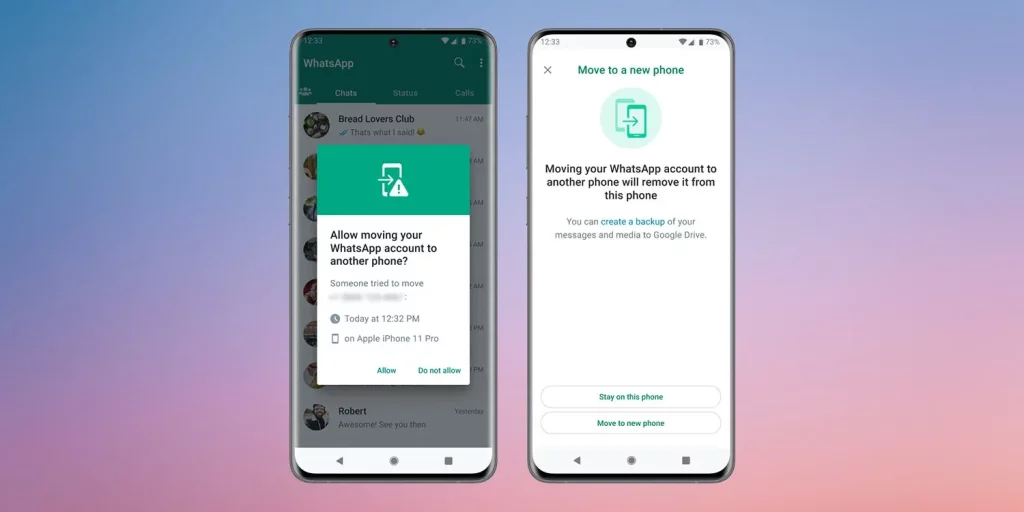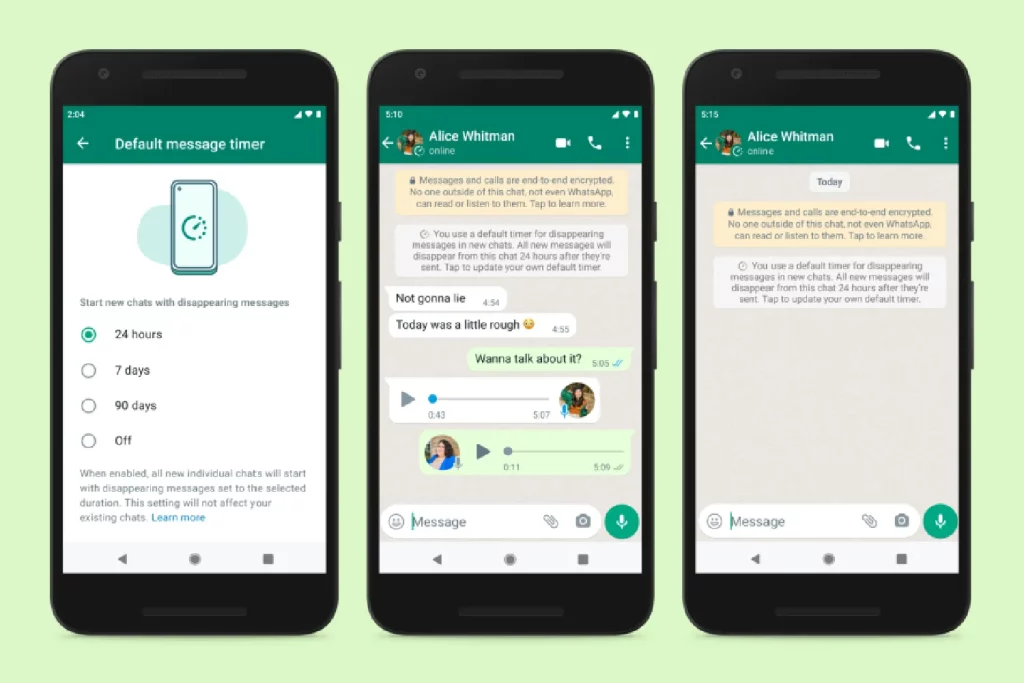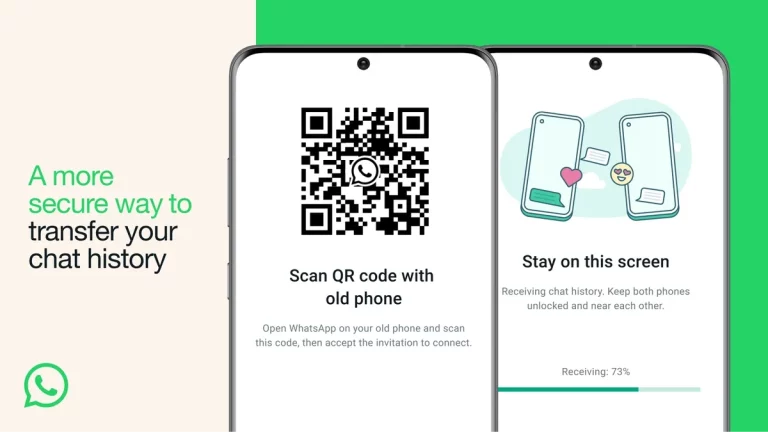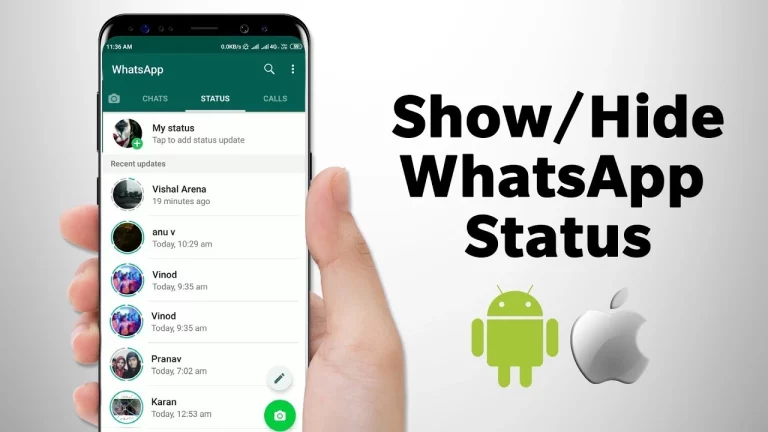Secure Your Chats on iPhone: A Step-by-Step Guide to Changing Your WhatsApp Password
As an avid iPhone user, I understand the importance of keeping our conversations and data safe and secure. In today’s digital age, where we rely heavily on messaging apps like WhatsApp to stay connected with friends, family, and colleagues, we must take the necessary steps to protect our privacy and safeguard our sensitive information.
In this comprehensive guide, I will walk you through changing your WhatsApp password on your iPhone, ensuring your chats remain secure and accessible only to you. By following these simple steps, you can take control of your online privacy and enjoy the peace of mind that comes with knowing your conversations are protected.
Table of Contents
Why It’s Important to Change Your WhatsApp Password
WhatsApp is one of the most widely used messaging platforms, with billions of users worldwide. While the app offers end-to-end encryption to secure your chats, taking additional measures to protect your account from unauthorized access is essential. Changing your WhatsApp password regularly is a crucial step in maintaining the privacy and integrity of your conversations.

Imagine if your WhatsApp account were compromised – a malicious actor could access your private messages, shared media, and even your contacts. This could lead to a range of issues, from identity theft and financial fraud to the embarrassment and emotional distress of having your intimate conversations exposed. By proactively changing your password, you can mitigate these risks and ensure your chats remain confidential.
Step-by-Step Guide to Changing Your WhatsApp Password on iPhone
- Open the WhatsApp App on Your iPhone
- Locate the WhatsApp icon on your iPhone’s home screen and tap to launch the app.
- Navigate to the Settings Menu
- Tap on the three-dot menu in the top-right corner of the screen.
- Select “Settings” from the menu options.
- Access the Account Settings
- In the Settings menu, scroll down and tap the “Account” option.
- Change Your Password
- Under the “Account” section, tap the “Change Number” option.
- You’ll see the “Change Password” option on the next screen. Tap on it.
- Enter your current password, then create a new, strong password.
- Confirm the new password by entering it again.
- Tap “Change Password” to complete the process.
- Verify the Password Change
- Once the password change is successful, you’ll receive a confirmation message.
- You may be prompted to log out and log back in with the new password.
Remember, it’s a good practice to change your WhatsApp password regularly, even if you haven’t experienced any suspicious activity. This proactive approach can help safeguard your conversations and personal information from threats.
Additional Security Measures for WhatsApp on iPhone
While changing your WhatsApp password is a crucial step, there are additional security measures you can take to further enhance the protection of your chats on your iPhone:

- Enable Two-Factor Authentication (2FA)
- In the WhatsApp Settings, navigate to the “Two-Step Verification” option and turn it on.
- This feature adds an extra layer of security by requiring a unique code and password to access your account.
- Use Biometric Authentication
- WhatsApp allows you to unlock the app using your iPhone’s biometric features, such as Face ID or Touch ID.
- Enabling this feature can provide additional security and convenience when accessing your chats.
- Keep Your iPhone Secure
- Ensure that your iPhone is locked with a strong passcode or biometric authentication.
- Avoid leaving your device unattended in public places, as this could expose your WhatsApp chats to unauthorized access.
- Regularly Back Up Your WhatsApp Data
- Regularly back up your WhatsApp chats and media to iCloud or your preferred cloud storage service.
- This will help restore your conversations in case of a device loss or replacement.
By implementing these additional security measures, you can further strengthen the protection of your WhatsApp chats on your iPhone, providing you with greater peace of mind and control over your data.
Best Practices for Creating a Strong and Secure Password
Choosing a solid and secure password is crucial when changing your WhatsApp password. Here are some best practices to follow:
- Use a Unique Password
- Avoid using the same password across multiple accounts or platforms.
- A unique password for each account can help prevent unauthorized access if one of your accounts is compromised.
- Incorporate Complexity
- Include a combination of uppercase and lowercase letters, numbers, and special characters in your password.
- The more complex your password, the more difficult it is for someone to guess or crack.
- Avoid Personal Information
- Steer clear of using personal information, such as your name, birth date, or address, in your password.
- These details can be easily guessed or found through social media or other public sources.
- Use a Password Manager
- Consider using a password manager application to generate and store your passwords securely.
- Password managers can help you create and manage complex, unique passwords for all your accounts.
- Update Passwords Regularly
- Make it a habit to change your WhatsApp password periodically, even if you haven’t experienced any suspicious activity.
- Regularly updating your passwords can help mitigate the risk of unauthorized access.
By following these best practices, you can create a solid and secure password that will help protect your WhatsApp chats and personal information from potential threats.
Common Mistakes to Avoid When Changing Your WhatsApp Password
While changing your WhatsApp password is a crucial step, it’s essential to be mindful of common mistakes that can undermine the effectiveness of this security measure. Here are some pitfalls to avoid:

- Using a Weak or Easily Guessable Password
- Avoid using simple, shared, or easily identifiable passwords, such as “password123” or your birthdate.
- Malicious actors can easily crack these types of passwords.
- Sharing Your Password with Others
- Never share your WhatsApp password with anyone, even if they claim to be a trusted friend or family member.
- Keeping your password confidential is essential to maintaining the privacy and security of your chats.
- Failing to Update Password on All Devices
- If you use WhatsApp on multiple devices, such as your iPhone and iPad, update the password on all of them.
- Please do so to ensure one or more of your devices are protected from unauthorized access.
- Reusing Old Passwords
- Avoid reusing old passwords when changing your WhatsApp password.
- Using a new, unique password each time can help prevent potential breaches and ensure the ongoing security of your account.
- Neglecting to Log Out of Other Devices
- If you have previously logged in to WhatsApp on other devices, be sure to log out of those devices after changing your password.
- This will ensure that only you have active access to your WhatsApp account.
By being mindful of these common mistakes and taking the necessary precautions, you can effectively secure your WhatsApp chats and protect your personal information on your iPhone.
Related Post : 5 Signs to Identify If Someone Has Uninstalled WhatsApp on Their Device
Troubleshooting Tips
While changing your WhatsApp password on your iPhone is straightforward, you may encounter occasional issues or challenges. Here are some troubleshooting tips to help you navigate any potential problems:
- Incorrect Current Password
- If you enter your current password incorrectly, the password change process will not be successful.
- Double-check your current password and try again.
- Weak Password Rejection
- WhatsApp may reject your new password if deemed too weak or insecure.
- Ensure your new password meets the recommended best practices for creating a strong and secure password.
- Connectivity Issues
- If you’re experiencing connectivity issues with your iPhone, it may prevent you from successfully changing your WhatsApp password.
- Check your internet connection and try again when you have a stable network connection.
- Two-Step Verification Complications
- Suppose you have enabled Two-Step Verification for your WhatsApp account. In that case, you may need to enter the verification code in addition to your current and new passwords.
- Make sure you have access to the verification code when attempting to change your password.
- Device Compatibility
- Ensure that you are using the latest version of the WhatsApp app on your iPhone.
- Older app versions may have different password change functionality or encounter compatibility issues.
If you encounter any persistent issues or need further assistance, don’t hesitate to contact the WhatsApp support team or consult online resources for additional troubleshooting guidance.
Frequently Asked Questions (FAQs)
Q: How often should I change my WhatsApp password?
A: Changing your WhatsApp password regularly is recommended, even if you haven’t experienced any suspicious activity. Experts suggest updating your password every 3-6 months as a best practice for maintaining the security of your account.
Q: What happens if I forget my current WhatsApp password?
A: If you forget your current WhatsApp password, you can use the “Forgot Password” option within the app to reset it. This will require you to enter your phone number and verify your identity, after which you can create a new password.
Q: Can I use the same password for multiple WhatsApp accounts?
A: No, using the same password across multiple WhatsApp accounts is not recommended. Each account should have a unique, strong password to prevent unauthorized access and maintain the security of your conversations.
Q: Will changing my WhatsApp password log me out of other devices?
A: Yes, changing your WhatsApp password will log you out of any other devices where you were previously logged in with the old password. You’ll need to log in again on those devices using the new password.
Q: Does changing my WhatsApp password affect my chat history or media?
A: No, changing your WhatsApp password does not affect your chat history or any media files you’ve shared. Your conversations and attachments will remain intact after the password change.
Conclusion
In today’s digital landscape, where our personal information and conversations are increasingly vulnerable to cyber threats, taking proactive steps to secure our online accounts is more crucial than ever. Following the step-by-step guide outlined in this article, you can effectively change your WhatsApp password on your iPhone and safeguard your private chats from unauthorized access.
Remember, regularly updating your passwords is not just a best practice but a necessity in the modern digital age. By changing your WhatsApp password every few months, you can significantly reduce the risk of your account being compromised and your sensitive information being exposed.







